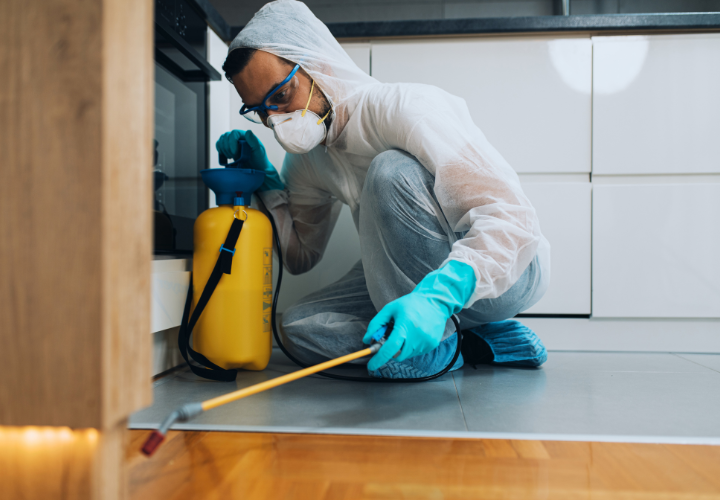At some point in time, nearly every industry will have to deal with leaks and spills of liquids and sometimes this can be a cause of bigger damage.
In order to minimize the impact of these spills on equipment, personnel, facility, and environment, it is important that you have an action plan ready – this will help in preventing the spills from polluting soils, groundwater, stormwater drainage systems, and the waterways. A part of that action plan will also include a clearly labeled spill kit located in an easily accessible location. To ensure complete care it is imperative that the spill kit contains items such as absorbent pads, booms, pillows, gloves, and a good number of disposal bags.
Selection of the workplace spill control can take some time and if you are worried about the process, then here are some things that you need to consider about the purchase process.
1. The Liquids that Need to be Absorbed
One of the most important things when choosing a spill kit is developing an understanding of the kind of absorbents that it will include to be able to absorb both water and oil based liquids. The thing to understand here is that having a spill kit available with limited compatibility when responding to a highly a corrosive liquid may result in some undesirable chemical reaction and that is not what you are definitely looking for.
Choosing the kit should start with understanding the material type and the liquids that are being used at the industry – this will help in choosing the best kit or the purpose.
The kits may be available in three varieties mentioned below –
- Universal: for spills of oils, coolants, and other water-based, non-corrosive liquids the universal kits have a great role to play.
- Oil: for spills of oil-based liquids only. Used for cleanup of oil on water, or for response to oil-based spills in the rain or snow.
- Chemical: for spills of corrosive liquids, or for spill teams responding to a spill of unknown origin the chemical spill control kits are used.
2. What can be the volume of the worst case spill in your industry?
Another thing that definitely needs to be considered is determining the extent of the largest spill that can occur in your industry. Knowing the largest amount of liquid that could be spilled from a single container or holding tank will also help you in determining the kind of kit that will be the best suited for you.
For example, if your liquids are stored in drums, this would likely be the contents of an entire drum, normally either 30 or 55 gallons. If you store liquid in totes, consider the volume of your largest tote – usually anywhere from 200 to 500 gallons – you may not always have the right numbers but the highest approximation would be great.
It may also be important to take into account that it is not always convenient to absorb the entire contents of the spill especially if it is large but a little precaution never does any harm. After a bulk of the liquid has been removed, absorbents can then be used to remove the remainder of the spill.
3. Understanding the kind of container that works best for you.
Certain companies choose to locate spill kits in every area prone to spills, such as loading docks, drum storage areas, dispensing stations and waste fluid collection stations; others typically choose to have one or two kits that can be transported to the area where a liquid is spilled.
Small spill kits have handles that can make it really easy to carry them to the site – for this purpose dollies and wheeled containers are available to make larger kits portable. There are also some kits that can even be transported with a forklift. While choosing these options, it is significant to understand that the physical limitations of your spill response team.
Also, talking about locating the spill kits in each spill prone zone, you may also have to consider the option of wall-mounted kits that are a good option for smaller spills. When selecting kits for tight areas, like the cab of a truck, a stowaway or bagged kit is probably the best choice.
It is always advices to understand the type of container when trying to establish spill control at the workplace.
4. Do you have some storage space for the kits?
There is no regulation that tells you what a spill kit must include, or what the container must look like – so that is absolutely your call. If you already have a storage cabinet in an area where you’d like to put a spill kit, or if you have old spill kit containers that just need to be restocked, nearly all of our spill kits have refills available. Simply choose a refill based on your absorbency needs and stock it in the container or cabinet already at your facility. If you went through each of those questions, you should have a good idea of what type of spill kit you need.
It is important to develop a clear understanding of the kind of spill that can occur in your workplace; this will help you in deciding the kind of spill control that will work the best for you.
Gather all the information before you finally start with the purchase process.



